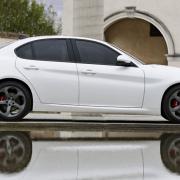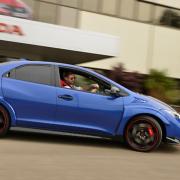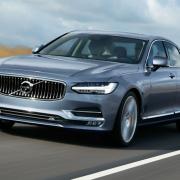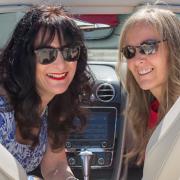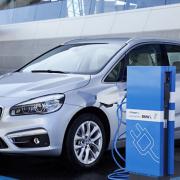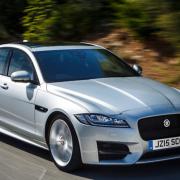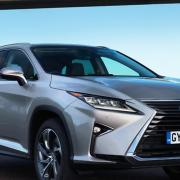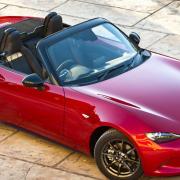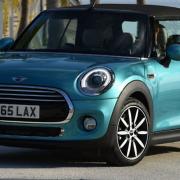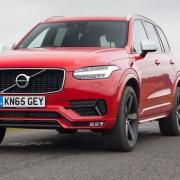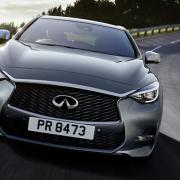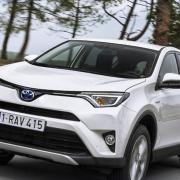The classy Ghibli model could help the famous Italian marque to a ten-fold global increase in sales this year against its 2012 figure
Born-again Italian marque Maserati’s resurgence has been helped by historic ‘big three’ status in Italian motor racing, along with Ferrari and Alfa Romeo.
Just one of many famous race and championship wins was Juan Fangio’s clinching of his fifth world title at the 1957 German Grand Prix.
Although expected to cruise to victory, thanks to the beautifully poised Maserati 250F’s evident superiority, a bungled pit stop left the Argentine maestro trailing badly behind Ferrari’s British duo, Peter Collins and Mike Hawthorn. Undeterred, Fangio reeled them in brilliantly and won the race. Far from upset, Hawthorn and Collins heaped praise on Fangio’s fight back, raffish Hawthorn apparently saying: “You’ve got to hand it to the old boy!”
But tales like this and classic road cars such as the 1970’s mid-engine Bora and Merak can only take modern sales volumes so far; you have to deliver desirable cars for today. And Maserati is doing that: it sold just 6,000 cars globally in 2012, but 50,000 is the expectation in 2015, so the growth and customer desire is there and much credit must go to the Ghibli tested here.
It’s a four-door luxury saloon with a £49,160 starting price, making it highly competitive against similarly specified German models like the BMW 5 Series and Mercedes-Benz E-Class, while also oozing all the glamour that Maserati’s famous trident badge can bestow.
The Ghibli name echoes the classic 1967-73 original, designed by one of the greats in car design, Giorgetto Giugiaro.
But that car was a two-door 2+2, while its modern namesake is a proper four-seater, also with a middle perch in the back and large 500-litre boot. It’s very elegant too, cleverly mixing coupe and saloon lines.
Along with nice touches like the trident rear pillar badges and three vents abaft each front wheel, the design makes it one of the most eye-catching cars in its class.
But can it perform the day-to-day duties of more mundane rivals? It seems so, especially as the all-automatic powertrain line-up includes a lively 3.0-litre V6 diesel engine offering 0-62mph in 6.3 seconds, not far shy of the sprint times of the two 3.0 V6 petrol options, while also bringing an official combined 47.9mpg. The diesel engine revs well and has a surprisingly sporty note that partners nicely with the car’s sharp handling. Ride comfort is good too, so you really get sports cars style and performance plus acceptable running costs.
Having driven both petrol and diesel versions, however, I think some would-be buyers will allow hearts to rule rather than heads and opt for petrol power, tested here in flagship Ghibli S format.
This makes all the right noises under the bonnet and while it offers 0-62mph in five seconds, burbling along sedately behind that engine, in a lavishly finished cockpit with a classic Maserati timepiece sited centrally plus huge infotainment screen, is not exactly a hardship. n




